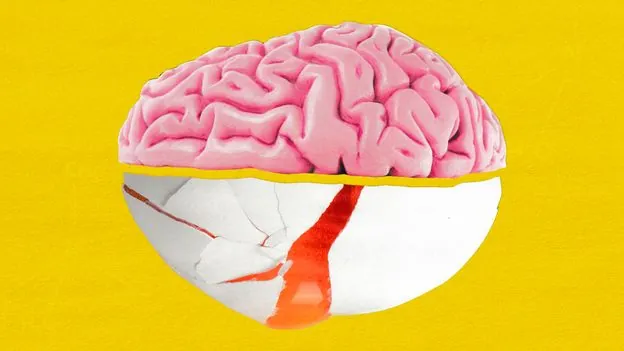
Wildlife at Risk: Alarming Surge in Chemicals Found in Coastal Waters!
2025-04-07
Author: Amelia
Introduction
In a shocking revelation, a collaborative research initiative involving Brunel University, the University of Portsmouth, and Imperial College London has uncovered a staggering 100-fold increase in harmful chemicals within the waters of Chichester and Langstone harbours.
This troubling discovery includes a shocking variety of 105 different substances, ranging from pharmaceuticals and pesticides to illicit drugs - with one notably concerning chemical being imidacloprid, an insecticide frequently used in flea treatments for pets.
The Impact of Heavy Rainfall
Heavy rainfall appears to be exacerbating this issue, with combined sewer overflows (CSOs) funneling vast amounts of pollutants into these harbours, effectively turning them into toxic environments.
Dr. Thomas Miller from Brunel University highlighted the severity of the situation, stating, “Our study found that some chemicals increased by over 100-fold in water after these discharges, making them a serious threat to aquatic wildlife.”
Study Findings
The study, published in the journal *Environment International*, involved the analysis of 339 water samples. Astonishingly, the researchers identified 67 pharmaceuticals, 29 pesticides, and nine recreational drugs, painting a troubling picture of chemical pollution's reach into coastal waters.
Environmental Concerns
As an alarming addendum to these findings, the Environment Agency disclosed that storm overflows in England caused sewage to spill into rivers, lakes, and coastal waters for over 3.61 million hours during 2024.
This unprecedented statistic raises concerns about the health of these ecosystems, which are vital for marine life and local biodiversity.
Chemical Accumulation
The researchers also observed that seaweed accumulated more chemicals than shellfish, emphasizing the need for further investigation into the impacts of these contaminants on marine species.
"Out of so many chemicals detected, the presence of pet tick and flea treatments in the harbours was especially concerning," stated Dr. Leon Barron from Imperial College London, urging a reassessment of the widespread usage of such treatments.
The Source of Pollution
Moreover, the identification of 1,3-diphenylguanidine—commonly used in rubber production—raises concerns about pollution from tyre wear and road runoff, particularly following rain events.
This highlights the multifaceted nature of chemical pollution, with various sources contributing to the overall problem.
Need for Monitoring
Lead author Jasmin Uhlhorn from Brunel University emphasized the necessity for enhanced monitoring efforts, stating, “The research underscores the complexity of chemical mixtures in transitional and coastal water systems.
We need to investigate their sources, particularly the impacts of CSO discharges.”
Expert Opinions
Professor Alex Ford from the University of Portsmouth echoed these sentiments, remarking, “While we’re still trying to grasp the full impact of these contaminants, it’s evident from our data that their presence increases significantly during storm events resulting in untreated sewage discharges.”
Rob Bailey, co-founder of the Clean Harbours Partnership, expressed his deep unease about the detection of such a dangerous cocktail of chemicals and without adequate understanding of their effects.
He asserted that community-based organizations would persist in advocating for better monitoring of these precious marine habitats.
Call to Action
As concerns for wildlife intensify, experts implore immediate actions to curtail pollution and protect vital ecosystems.
The call for comprehensive strategies to address chemical contamination could not be more urgent as we strive to ensure the preservation of our natural environment for future generations.









 Brasil (PT)
Brasil (PT)
 Canada (EN)
Canada (EN)
 Chile (ES)
Chile (ES)
 Česko (CS)
Česko (CS)
 대한민국 (KO)
대한민국 (KO)
 España (ES)
España (ES)
 France (FR)
France (FR)
 Hong Kong (EN)
Hong Kong (EN)
 Italia (IT)
Italia (IT)
 日本 (JA)
日本 (JA)
 Magyarország (HU)
Magyarország (HU)
 Norge (NO)
Norge (NO)
 Polska (PL)
Polska (PL)
 Schweiz (DE)
Schweiz (DE)
 Singapore (EN)
Singapore (EN)
 Sverige (SV)
Sverige (SV)
 Suomi (FI)
Suomi (FI)
 Türkiye (TR)
Türkiye (TR)
 الإمارات العربية المتحدة (AR)
الإمارات العربية المتحدة (AR)